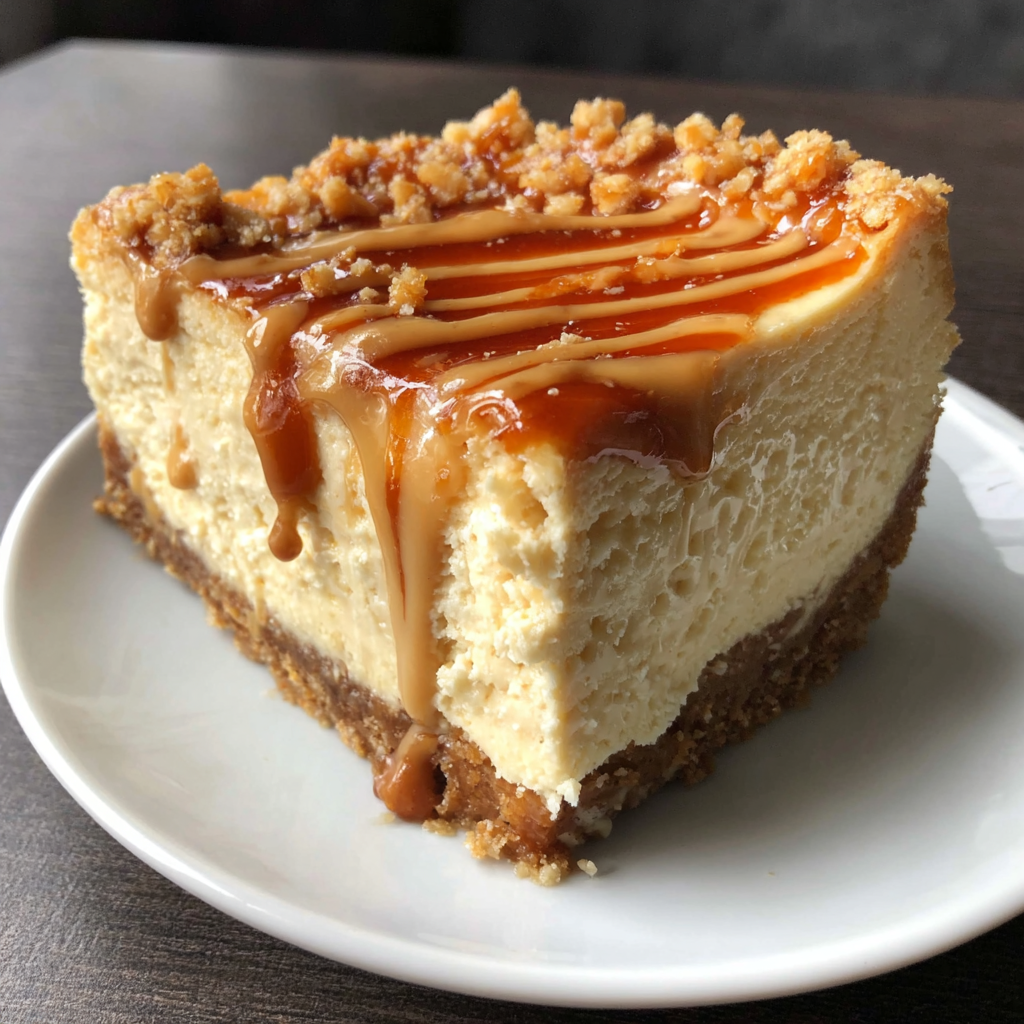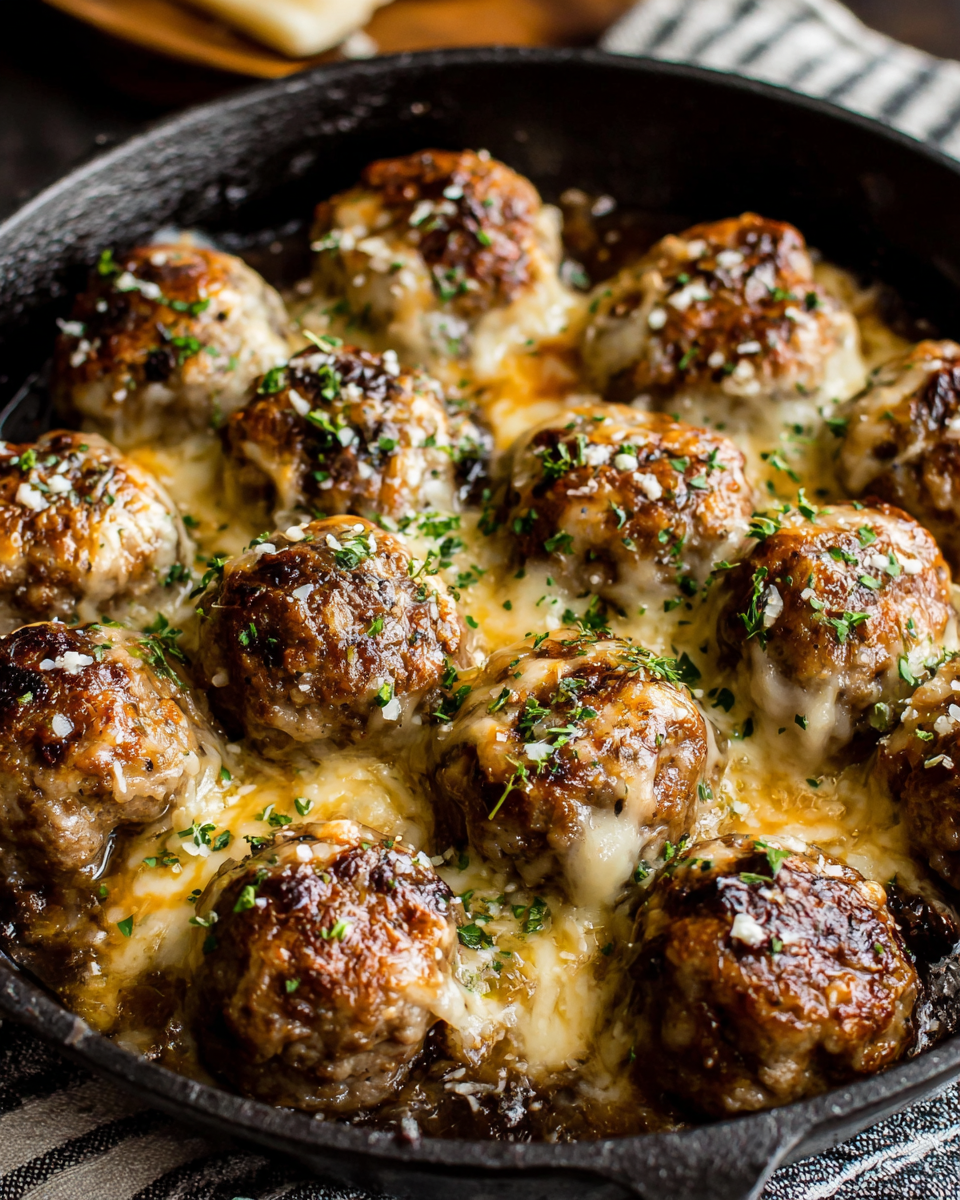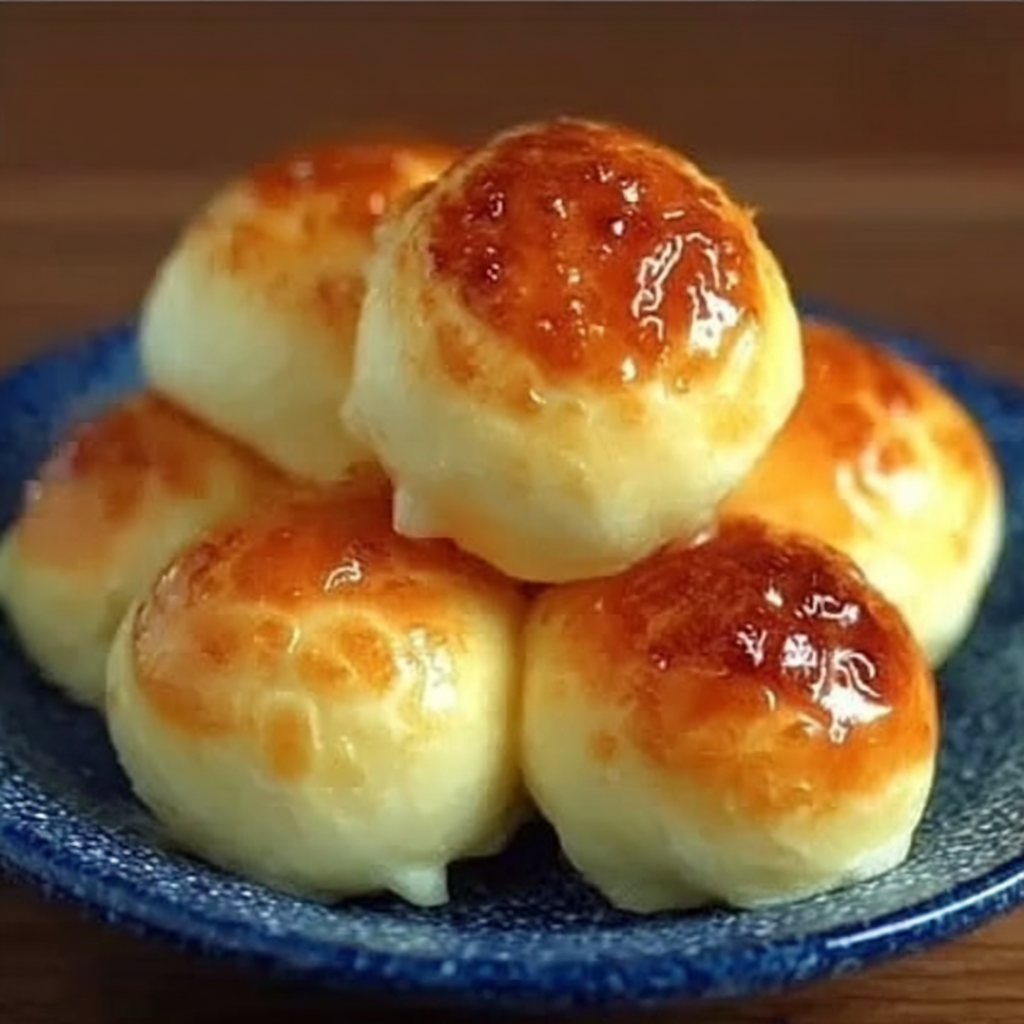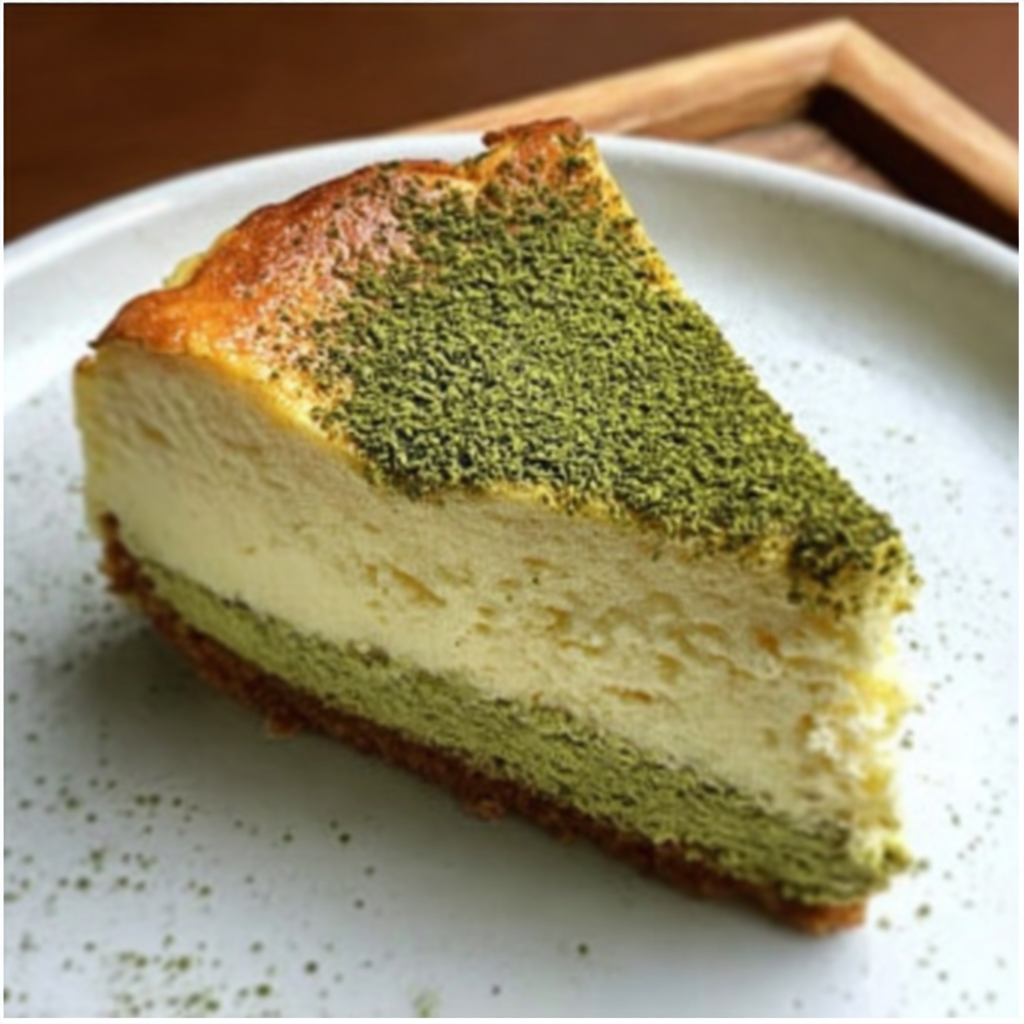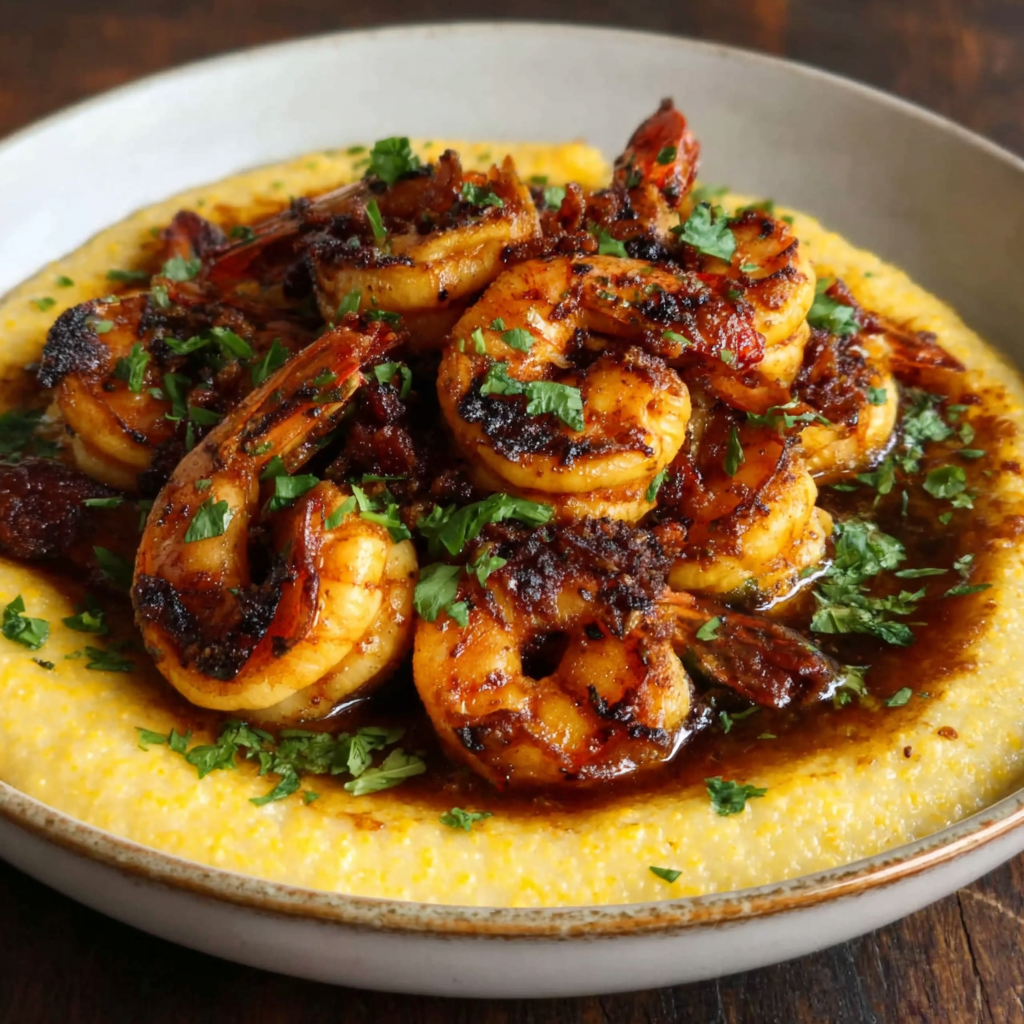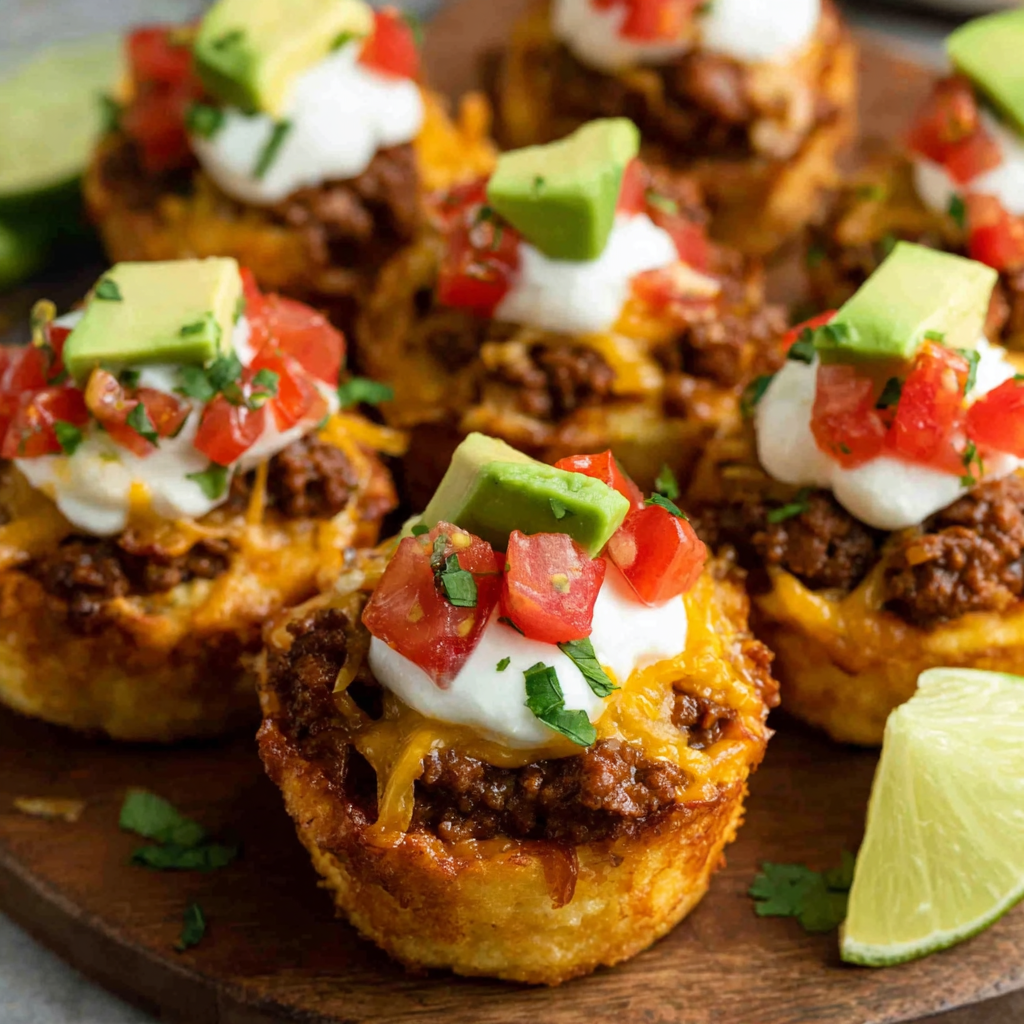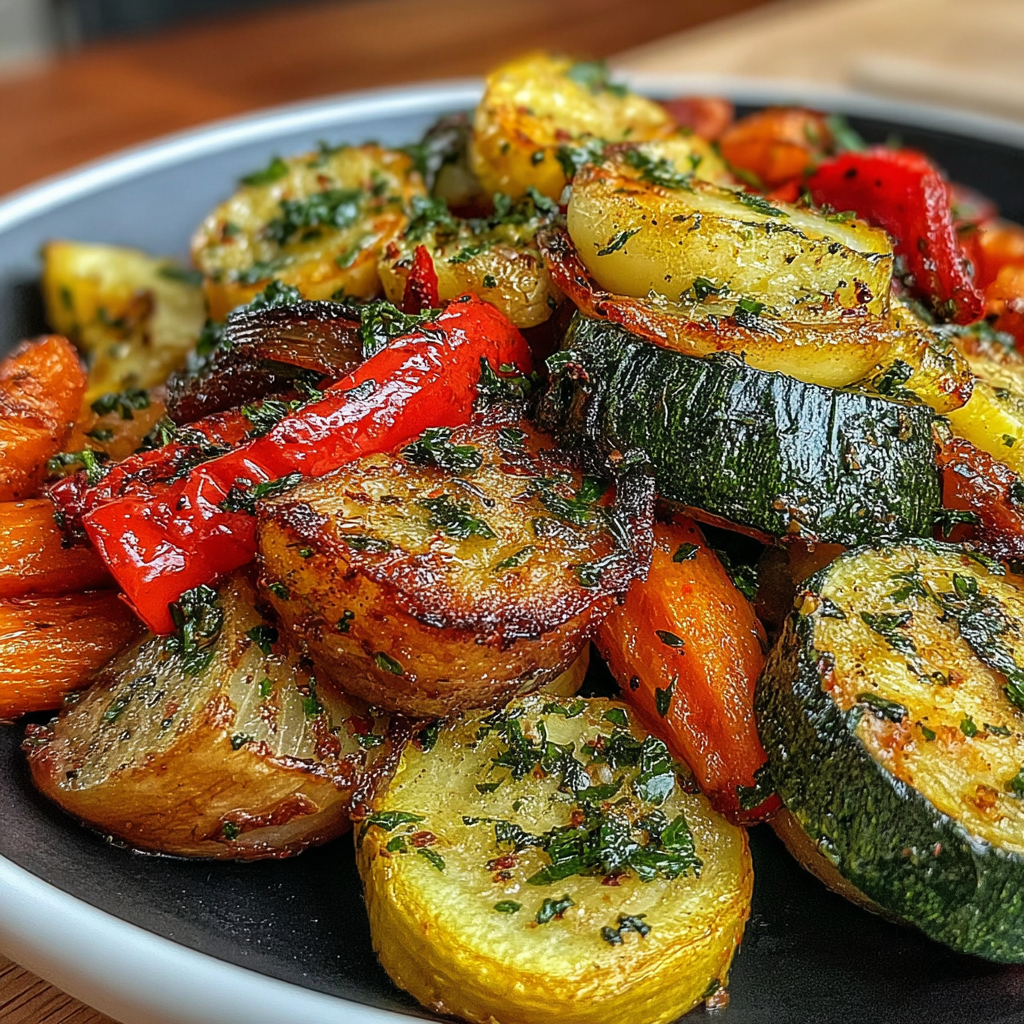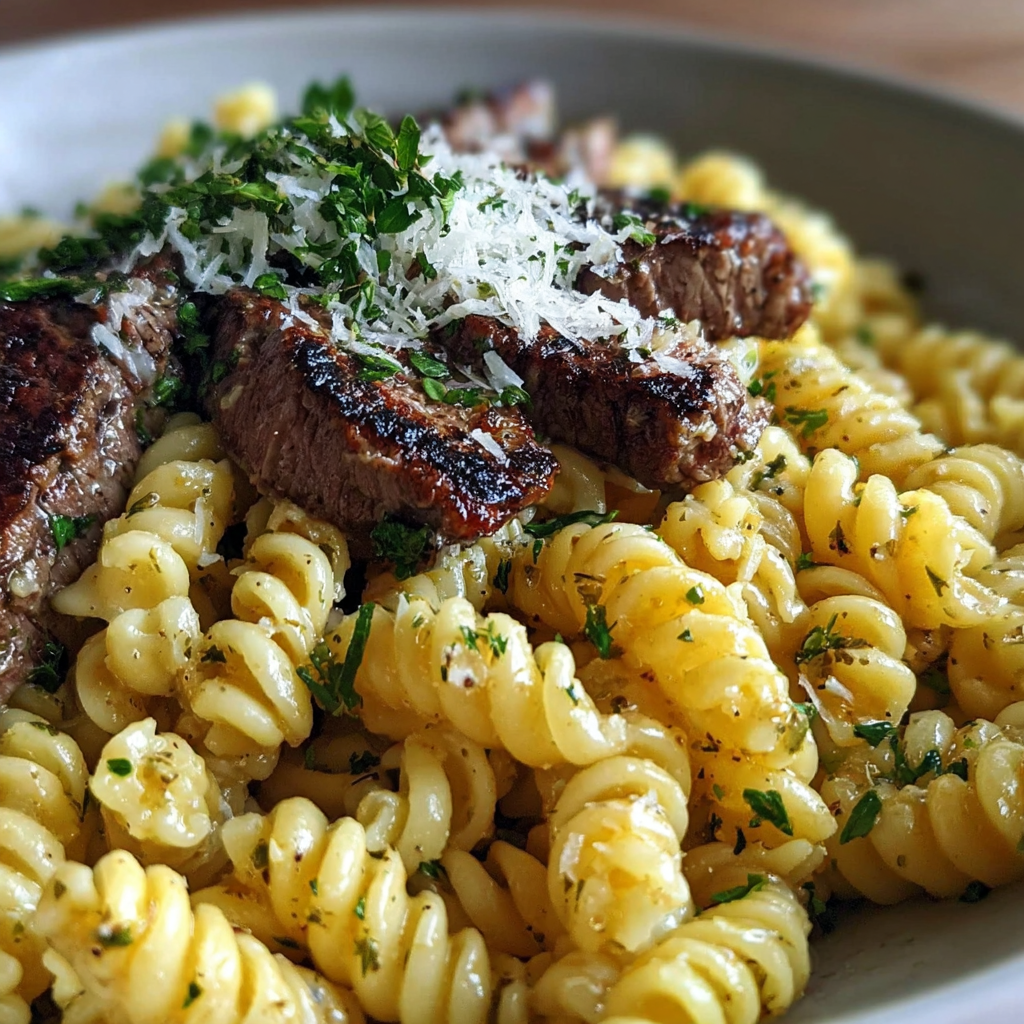Introduction
There’s something undeniably alluring about a cheesecake, but when you introduce creamy peanut butter to the mix, you elevate the dessert to another level entirely. This delightful treat not only satisfies sweet cravings but also brings comfort with its rich, velvety texture and nutty flavor.
Making a creamy peanut butter cheesecake is a fantastic adventure in the kitchen. It’s perfect for any occasion—from casual family dinners to special celebrations. With a few simple ingredients and a little bit of time, you can craft a dessert that’s sure to steal hearts and impress your guests.
Ingredients
- 1 ½ cups graham cracker crumbs
These crumbs form the base of your cheesecake crust, providing a crunchy texture that contrasts beautifully with the creamy filling. - ½ cup unsalted butter, melted
Butter adds richness to the crust and helps bind the crumbs together so that your base holds up well when sliced. - 16 ounces cream cheese, softened
Cream cheese is the key ingredient of cheesecake, giving it that signature creamy texture that’s both smooth and luxurious. - 1 cup creamy peanut butter
Peanut butter adds both flavor and richness, making every bite delectable and enhancing the overall creaminess of the cheesecake. - 1 cup granulated sugar
Sugar balances the flavors, helping to sweeten and round out the richness of the cream cheese and peanut butter. - 3 large eggs
Eggs contribute to the structure of the cheesecake. They help it set properly while maintaining a creamy consistency. - 1 teaspoon vanilla extract
Vanilla extract enhances the flavors in the cheesecake, adding a subtle warmth that complements the peanut butter. - 1 cup sour cream
Sour cream adds tanginess and helps create a velvety texture that makes the cheesecake indulgent. - 1 tablespoon flour
Flour aids in stabilizing the cheesecake and helps it maintain its shape without falling apart. - Chocolate ganache or whipped cream (optional, for topping)
These toppings enhance the visual appeal and add extra flavor, making each slice even more irresistible.
Directions & Preparation
Step 1: Preheat your oven to 325°F (160°C).
Preheating ensures that your cheesecake will bake evenly. A well-heated oven helps set the outer layer of the cheesecake while keeping the inside creamy and smooth.
Step 2: In a medium bowl, combine the graham cracker crumbs and melted butter. Mix until fully combined.
This mixture forms the crust of your cheesecake. It’s important to ensure the crumbs are evenly coated in butter to achieve a sturdy crust that won’t crumble when you serve the cheesecake.
Step 3: Press the crumb mixture into the bottom of a 9-inch springform pan.
Press firmly to create a dense base. This will be the foundation of your cheesecake, so make sure it’s compact and evenly distributed to avoid any weak spots.
Step 4: In a large mixing bowl, beat the softened cream cheese until smooth and creamy, about 2-3 minutes.
Mixing the cream cheese thoroughly at this stage is crucial. Any lumps will result in a less creamy texture, so ensure you achieve a smooth consistency before adding other ingredients.
Step 5: Add the peanut butter and granulated sugar. Mix until well combined.
Incorporating them at this point ensures the flavors blend evenly. The sweetness of sugar will balance beautifully with the savory notes of the peanut butter.
Step 6: Add the eggs one at a time, mixing on low speed after each addition just until combined. Don’t overmix.
Overmixing can introduce excess air into the batter leading to cracks. Mixing just until combined ensures the cheesecake stays dense and creamy.
Step 7: Add the sour cream, flour, and vanilla extract to the mixture and blend until smooth.
These ingredients add moisture, help with cheesecake stability, and deepen the overall flavor profile. Take time to ensure there are no lumps.
Step 8: Pour the batter over the prepared crust in the springform pan.
Carefully smooth the top of the batter to ensure even baking. Any lumps or imbalances could affect how the cheesecake sets.
Step 9: Bake in the preheated oven for 55-65 minutes, or until the edges are set but the center still has a slight jiggle.
Baking the cheesecake slowly at a lower temperature prevents cracking. The center should never appear firm when you remove it, as it will continue to set while cooling.
Step 10: Turn off the oven and let the cheesecake cool inside for 1 hour.
Cooling in the oven helps prevent sudden temperature changes that can cause cracks. It allows the cheesecake to finish setting gradually.
Step 11: Remove the cheesecake from the oven and let it cool to room temperature before refrigerating for at least 4 hours.
Chilling the cheesecake enhances its flavor and texture, allowing it to become firm and set fully.
Step 12: Optional: Once chilled, top with chocolate ganache or whipped cream before serving.
These toppings not only add aesthetic appeal but also enrich the flavor. They can turn a delightful cheesecake into an extraordinary dessert experience.

The Secret to Flawless Texture
Achieving a creamy, smooth texture is all about how you incorporate the ingredients. Make sure your cream cheese is at room temperature before mixing, and slowly incorporate the eggs to avoid overmixing. This careful attention to mixing will yield a cheesecake with a melt-in-your-mouth consistency.
Peanut Butter: A Flavor Powerhouse
Using creamy peanut butter enhances both the flavor and texture of this cheesecake. Not only does it provide the classic peanut butter flavor, but its creamy nature helps maintain the cheesecake’s smooth consistency. For an extra twist, experiment with flavored peanut butters or add a pinch of salt!
Toppings That Take It Over the Top
While this peanut butter cheesecake stands alone as a delicious dessert, the right topping can elevate it even further. A luscious chocolate ganache or light whipped cream can provide a contrast to the dense cheesecake and add visual flair. Consider incorporating crushed peanuts for an added crunch!
FAQs
Why is my peanut butter cheesecake too thick?
If your cheesecake turns out too thick, it might be due to overmixing the batter or not adding enough moisture. Ensure you’re gently mixing just until combined and using the correct amounts of cream cheese and sour cream.
What can I do if my cheesecake cracks?
Cracking often results from rapid temperature changes or overbaking. To avoid this, let your cheesecake cool gradually in the oven and keep an eye on baking times, removing it once slightly jiggly.
Can I use crunchy peanut butter in this recipe?
Yes, using crunchy peanut butter will add a delightful texture and create a different mouthfeel. Just ensure to adjust the rest of your ingredients if you're adding extra volume.
How can I adjust the sweetness of the cheesecake?
If you prefer a less sweet cheesecake, reduce the sugar by ¼ cup and taste the batter before baking; you can always add a little more sugar if needed.
What should I do if my peanut butter cheesecake is too dry?
If your cheesecake comes out dry, it may be due to overbaking. Always keep an eye on the internal jiggle during the last moments of baking.
Can I top my cheesecake with fresh fruit?
Absolutely! Fresh fruit can add a fresh burst of flavor and contrast to the richness; strawberries, bananas, or raspberries are excellent choices.
Conclusion
Creating a creamy peanut butter cheesecake is a rewarding endeavor that will leave your taste buds delighted and your guests impressed. Each bite offers a comforting blend of flavors that come together beautifully.
Whether you're celebrating a special occasion or treating yourself to something sweet, this cheesecake recipe is sure to become a favorite in your home. So gather your ingredients, embrace the process, and enjoy the decadent results!
Recipe Card
Notes
Additional serving suggestions: pair with a crisp salad, garlic bread, or roasted seasonal vegetables for balance.
For make-ahead, prep components separately and assemble just before heating to preserve texture.
Taste and adjust with acid (lemon/vinegar) and salt right at the end to wake up flavors.
